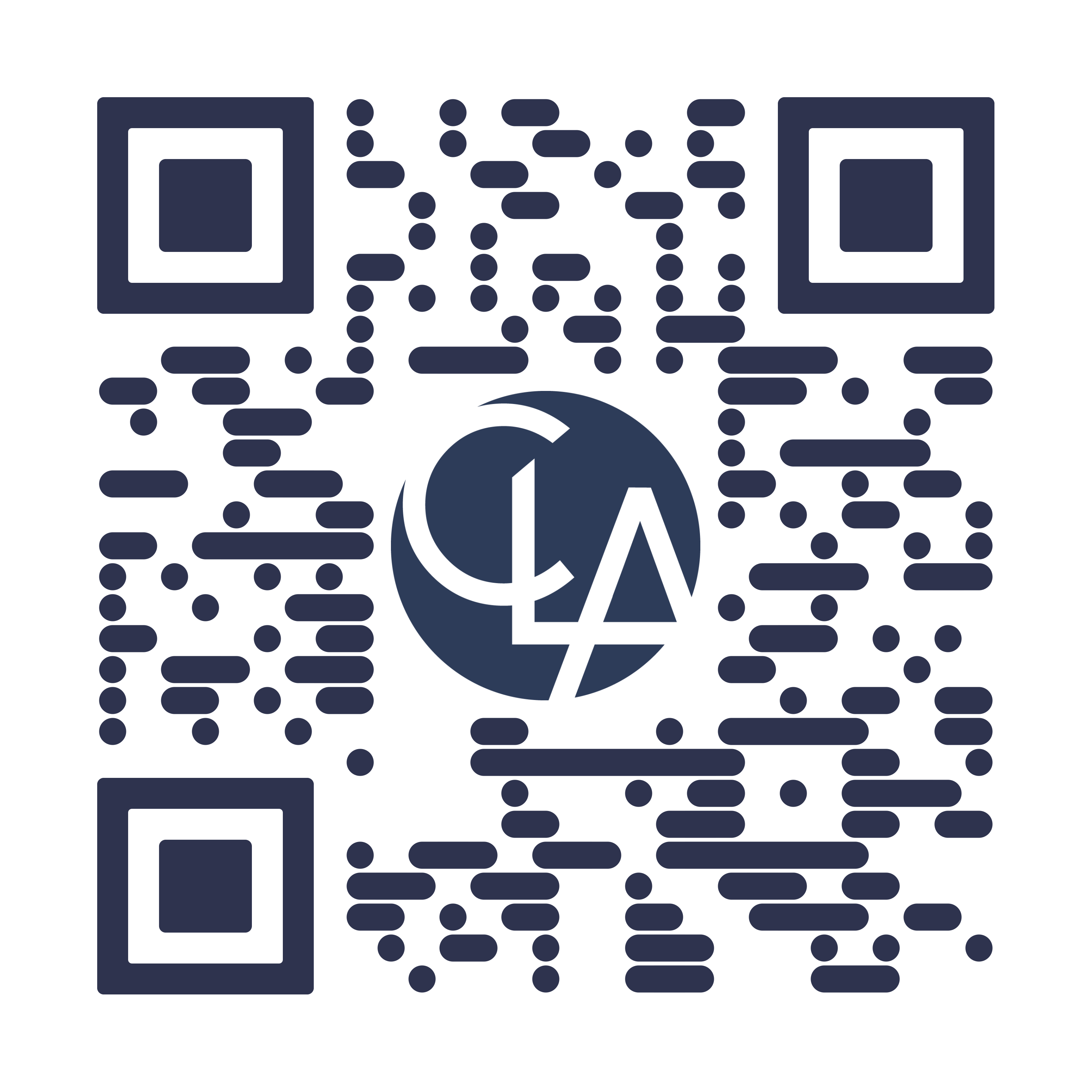Key insights
Supply chain disruptions can significantly impact your financial performance, operational efficiency, reputation, and consumer satisfaction.
To effectively navigate these potential risks, banks and credit unions must follow a comprehensive and systematic approach.
Learn the eight crucial steps that can help you identify, assess, and mitigate risk while maintaining strong relationships with key stakeholders and vendors.
Is your bank or credit union prepared for an unexpected supply chain disruption that could impact your operations? Supply chain risks are potential disruptions that may affect the availability, quality, or cost of goods and services your financial institution relies on to operate.
These risks can arise from various threats, such as natural disasters, cyberattacks, vendor failures, political instability, or regulatory changes. Supply chain risks can significantly impact:
- Financial performance
- Operational efficiency
- Reputation
- Consumer satisfaction
Learn how to identify, assess, and navigate supply chain risks using a comprehensive and systematic approach.
8 key steps to supply chain risk management
1. Risk identification
Identify your critical vendors and the goods and services they provide, as well as the potential threats that could disrupt the supply chain.
- Critical vendor — Provides a good or service essential to your core functions, or has a high degree of complexity, uniqueness, or dependency. Include niche vendors providing cybersecurity and cloud services.
Conduct a supply chain mapping exercise, which can help you gain a holistic view of your supply chain and identify potential vulnerabilities and exposure points. Start by identifying:
- Key vendors and their locations
- The goods and services they provide
- The interdependencies among them
- Potential threats that may affect them
Include fourth-party vendors, which are the vendors of your critical vendors, and their potential risks as well.
2. Risk assessment
Assess the likelihood and impact of each threat, and prioritize the most significant risks based on their severity and urgency.
- Likelihood — The probability of a threat occurring
- Impact — The consequence of a threat occurring
- Severity — The combination of likelihood and impact
- Urgency — The time horizon of a threat occurring
To assess supply chain risks, use a risk matrix, which is a tool that plots the likelihood and impact of each threat on a scale of low, medium, or high. This can help your financial institution determine the severity and urgency of each threat and prioritize the risks requiring immediate attention or action.
Also consider the qualitative aspects of each threat, such as potential reputational damage, consumer dissatisfaction, or regulatory non-compliance.
3. Risk mitigation
Implement appropriate risk mitigation strategies to help reduce the probability or consequence of supply chain disruptions, such as diversifying suppliers, increasing inventory, or negotiating contracts.
A risk mitigation strategy is a plan that aims to prevent, reduce, transfer, or accept a supply chain
Select the most suitable risk mitigation strategy based on the cost-benefit analysis, the risk appetite, and your bank or credit union’s risk tolerance.
Then use a risk mitigation matrix, which is a tool that matches risk mitigation strategies with risk categories based on the risk matrix. A risk mitigation matrix can help you identify the most effective and efficient risk mitigation strategies for each risk category and allocate resources and responsibilities accordingly.
Monitor and evaluate the effectiveness of the risk mitigation strategies and adjust as needed.
4. Vendor evaluation and monitoring
Conduct due diligence before engaging with new vendors and monitor their performance and risk profiles on an ongoing basis. Perform regular audits and assessments of critical vendors.
- Due diligence — A process of verifying the background, reputation, and capabilities of a potential vendor, and a performance and risk profile is a summary of a vendor’s quality, reliability, and risk exposure.
- Audit — A formal examination of a vendor’s records, processes, and controls, and an assessment is an informal evaluation of a vendor’s performance and risk management practices.
To evaluate and monitor vendors, develop a vendor scorecard, which measures and compares their performance and risk profiles based on a set of criteria and metrics. This tool can help you select the most suitable and reliable vendors and identify areas of improvement or concern.
Communicate and collaborate with vendors regularly and provide feedback and guidance on their performance and risk management practices.
5. Incident response and recovery
Develop incident response plans for various disruption scenarios and establish clear communication protocols for notifying stakeholders. Define strategies for rapid recovery and resumption of critical services.
- Incident response plan — A document that outlines the roles, responsibilities, and actions of the financial institution and its vendors in the event of a supply chain disruption.
- Communication protocol — A set of rules and procedures for communicating with internal and external stakeholders, such as employees, consumers, regulators, and the media.
- Recovery strategy — A plan that aims to restore normal operations of the financial institution and vendors as soon as possible.
- Resumption strategy — A plan that aims to resume delivery of critical goods and services to the consumers as soon as possible.
To help respond and recover from supply chain disruptions, perform a scenario analysis, which simulates different disruptions and their impacts on the financial institution and its vendors. This tool can help you test and validate incident response plans and identify gaps and weaknesses.
Conduct regular technical testing and tabletop exercises or simulations and update incident response plans based on lessons learned and recommended practices.
6. Regulatory and compliance considerations
Check that your risk assessment and mitigation strategies comply with relevant regulations and industry standards. Then maintain documentation and reporting mechanisms to demonstrate compliance.
Reporting mechanism — A system or process of communicating risk assessment and mitigation results or incidents to the relevant authorities or parties.
To comply with regulations and industry standards, create a compliance checklist listing the requirements and expectations of regulators. This can help you verify and validate compliance status for you and your vendors, along with identifying areas of noncompliance or improvement.
Use a reporting template to format and organize the information and data you need to report to regulators and senior management — and to help verify your reporting is accurate, complete, and timely.
7. Continuous improvement
Establish feedback loops to learn from past incidents and improve risk management practices. Provide training and awareness programs for employees. Use technology tools for better visibility and management of supply chain risks.
- Feedback loop — Process of collecting and analyzing feedback and data from the financial institution and vendors and using them to improve risk management practices.
- Training and awareness program — A program that educates and informs employees about supply chain risks and risk management.
Institute a continuous improvement cycle, which is a process that follows the steps of plan, do, check, and act. This can help you plan the risk management objectives and activities, do the risk management activities, check the results and outcomes of the risk management activities, and act on the feedback and data to improve risk management practices.
Technology and modern supply chain risk management
Banks and credit unions can embrace technology to help prepare for unexpected disasters and maintain a stable supply chain:
- Data analytics can provide valuable insights into supply chain vulnerabilities and potential risks.
- Artificial intelligence can analyze vast amounts of data to detect patterns and anomalies, helping to identify potential disruptions in real time.
- Automation tools can streamline supply chain processes, increasing efficiency and reducing the risk of errors.
Develop benchmarking to compare the risk management practices for you and your vendors with recommended practices of the industry and your peers. Use that information to identify your risk management practice strengths and weaknesses and to adopt or adapt the recommended practices.
8. Collaboration and stakeholder engagement
Engage various internal and external stakeholders in the risk assessment process and collaborate with vendors to enhance mutual understanding of risks and develop joint mitigation strategies.
Joint mitigation strategy — A risk mitigation strategy developed and implemented by the financial institution and the vendor together.
Initiate a stakeholder analysis to identify and prioritize your stakeholders based on their power, interest, and influence. This can help you determine the level and method of engagement and communication with each stakeholder and address their needs and expectations.
In your vendor contracts, include language that defines the roles, responsibilities, and expectations of your financial institution and the vendor in risk management activities. This can help you establish a formal and transparent relationship with the vendor and align objectives and incentives of risk management activities.
Maintain your supply chain stability and resilience
Effective supply chain risk management is designed to help your bank or credit union:
- Safeguard your operations against disruptions
- Prepare for any supply chain disruptions
- Further enhance your risk management practices
As you move through the steps, collaborate with stakeholders and vendors — it’s vital for developing joint strategies and achieving mutual risk management goals.
Connect

John Moeller
Principal







